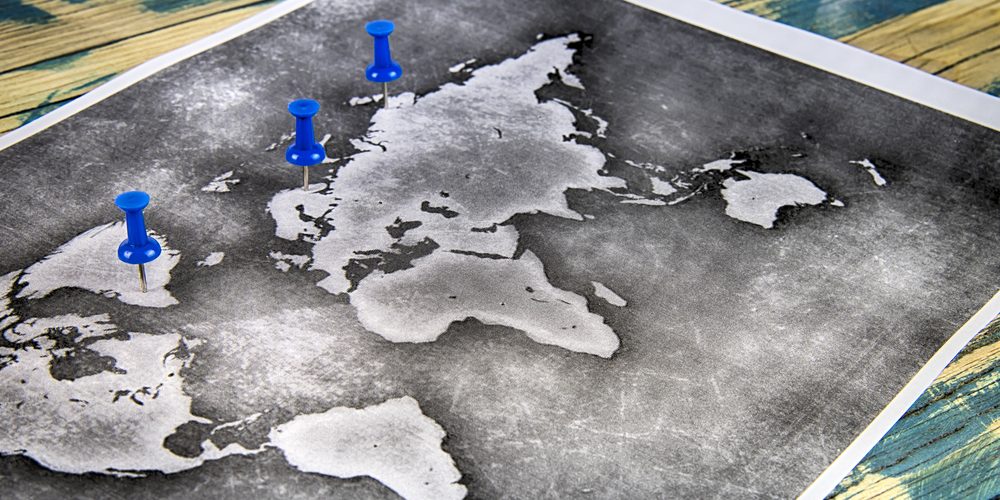How To Map Content to Customer Intent
B2B marketers inevitably hear the sales team say things like this: “Yeah, we’re getting leads from all that content you guys write, but they’re all tire kickers.”
On the marketing side, the team commiserates about the sales team with complaints like this: “They don’t follow up on all the leads we forwarded. They cherry-pick the best and don’t communicate with the others.”
What’s a B2B marketing leader to do? You dutifully research the best practices for understanding how to get to better, more interested, purchase-ready leads and hit upon a common theme – intention.
You intend to address customer intent
Experts advise marketers to focus on comprehensive content mapping – to ensure content is available at each stage of the buyer’s journey. If you map the content (i.e., tag the content) to the customer’s journey, you can assume the consumer’s intent: A person who downloaded a piece of content is in the corresponding stage of the buying process.
Problems abound. It’s weird, I know, but customers don’t move through your buyer’s journey the way you paved it. For example, a white paper tagged as “awareness” can attract a download from a potential customer interested in buying and someone who saw your high-level brand awareness campaign.
Isn’t there an easier way?
Define intent with this low-tech process
Step 1: Build personas (not too many)
Many people now think developing audience or buyer personas is a waste of time. My experience tells me if you don’t understand your audience, you have little chance of differentiating your content marketing.
Step 2: Map friction and value into the customer journey
Think about mapping the journey differently. Don’t design it as the traditional, linear (or non-linear) path you think prospects will follow. Instead, identify the most appropriate places to introduce friction experiences where customers get sufficient value to continue their journey.
Step 3: Segment content into buckets of intent
I prefer to design for customer intention as early as possible in the content creation process. I segment my B2B content marketing into intention “buckets” or “eye levels.” These include: Continue reading →




![Slimme linkbuilding-strategieën om autoriteit & vertrouwen op te bouwen [stappenplan]](https://www.pharmamarketeer.nl/wp-content/uploads/2025/04/big-data-domain-web-page-seo-concept-2025-02-10-05-57-46-utc-1-385x300.jpg)





